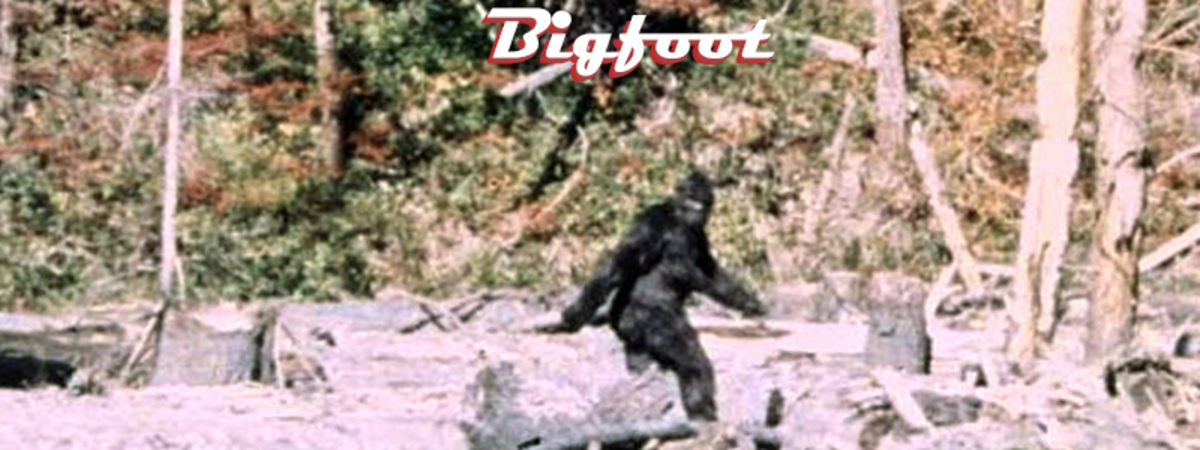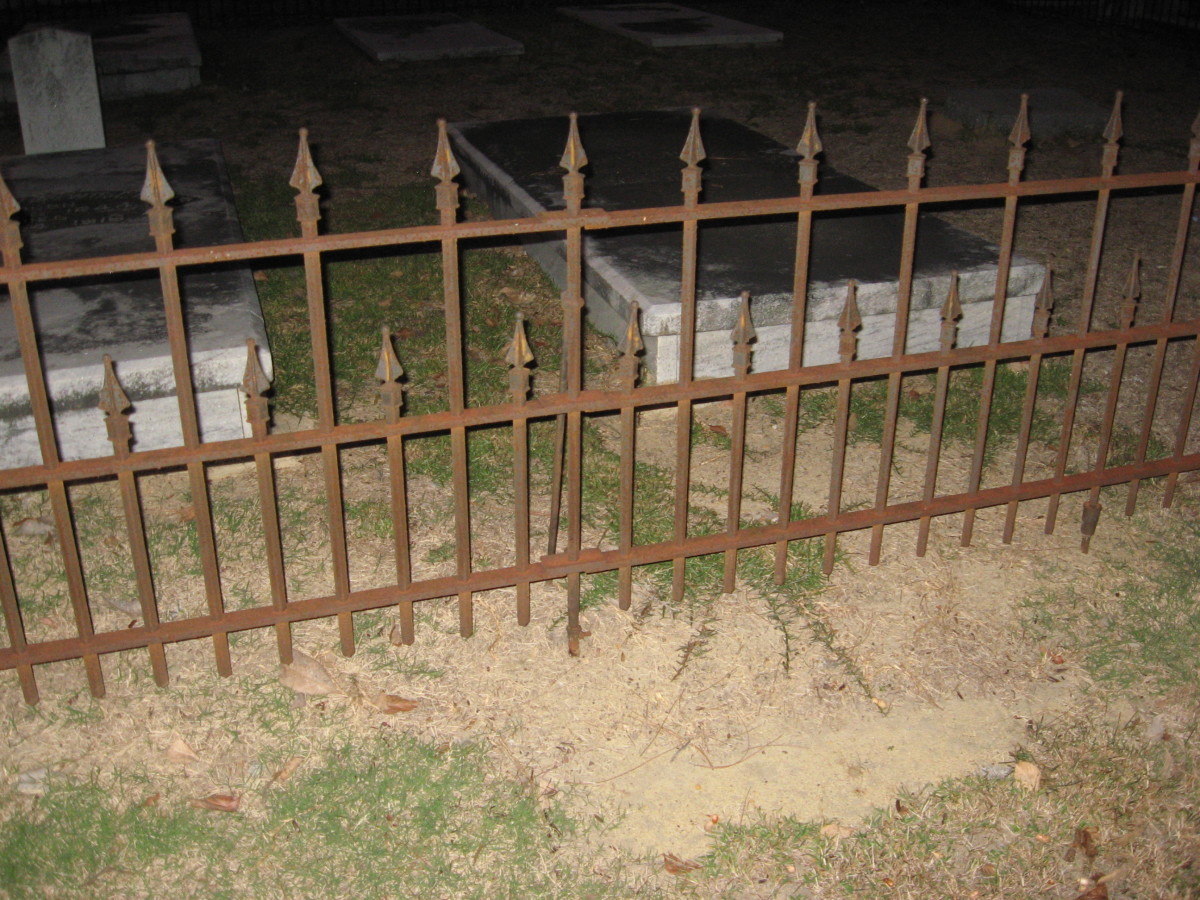General Guy Chesterfield: Explorer, guide, survival master, vision-provider for the 21st century
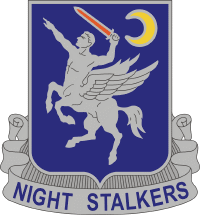
Guy Chesterfield (Sr.) , the true man for all-seasons, lived a life some called a dream. Now read his story and that of his eldest grandson, Guy III
Believe this story? Three members of the 'Black Guard" in Hussein's staff were going to get out of Iraq with 1,200 of the elite troops out of Iraq. Chesterfield would have them transported and settled safely in Somalia for a meager 1 billion US dollars. He met Saddam 22 days prior to his capture. too bad Guy Chesterfield, you could have been a hero.
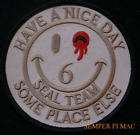
Is Guy Chesterfield's GRANDSON living in

Guy Chesterfield III.says, here is the rest of the story from his dad.
warrior maybe, hero of the new-western frontier maybe, legend for sure.
Was that one billion; well maybe not that much. But now not one person really knows.
Saddam or his cabinet had no idea he was a triple agent. The plan was never concluded as he told his country the United States where he had Saddam hiding. What you never heard was that Saddam's family, other members of his staff and 1200 of his troops were already moved by U.S. intelligence to Turkey and ready to leave in 21 days for Somalia. The flights would be subverted to Egypt as planned where American troops were waiting. These family members, staff and forces are still imprisoned on Egyptian soil unknown to the world.
His name is Guy Chesterfield and he is retired from the Special Activities Unit of the American Central Intelligence Agency. He has never used his birth name after age 33. No one currently living knows Guy's real name and true background. At one time two people knew it but both have passed and his name with them.
A couple of the Presidents thought Clark Kellogg (an alias of his) was his birth name but like Guy said you "can't trust anyone when it involves life or death". This is Guy Chesterfield's story as he eventually became the first non-military triple agent in U.S. history and the man that set up Saddam in the rumple of Iraq.
Guy had hundreds of missions over the years but setting up Saddam for capture was by far his most rewarding. The mission had two labels; the U.S. called it Operation "Devil to Hell" and the Iraqis called it Operation "Let's make a deal". Iraq thought Chesterfield was a double agent gone to their side for $300 million. The reigning Somalians would get the remaining $700,000 million. Believe it or not the U.S. let Guy keep the $300 million but we will get to that part of the story later.
Today his grandson, GUY CHESTERFIELD, lives a quiet life in the USA under the United States Federal Witness Protection program in the mid-Atlantic region (it is believed).
Witnesses typically are provided a new identity with authentic documentation, housing, basic living expenses and medical care.
In either criminal and civil matters involving protected witnesses, the U.S. Marshals will cooperate with local law enforcement and court authorities to premt witnesses to participate in full justice system outcomes.
The United States Marshals Service (USMS) welcomes all small Veteran-Owned businesses who are interested in doing business with this agency and so Guy's association may be of this medium as well.
Guy's sister, Telli, is living in the panhandle region of florida.

More of Guy Chesterfield's mentor; his father's father.
His grandfather's island...
Carib Indians inhabited Grenada when Christopher COLUMBUS discovered the island 1498, but it remained uncolonized for more than a century. They, along with a forefather to the elder Chesterfield, settled Grenada in the 17th century as a French isle. Here the Chesterfield story is established with his first sugar (cane) estate and imported over 100 slaves. Many from Africa but also the other islands of the Caribe Indians. The British attacked and took the island in 1762 while Chesterfield slept in a tree-style 'fortress'. The Brits vigorously expanded sugar production. However, in the 19th century,Chesterfield's first child and only offspring successfully farmed his fathers estates for cacao which eventually surpassed sugar as the main export crop of the then wealthy landowner.
In 1967, Britain gave Grenada autonomy over its internal affairs and this provided additional wealth to the young grandchild Guy Chesterfield. Full independence was attained in 1974, making Grenada one of the smallest independent countries in the Western Hemisphere.
Grenada was seized by a Marxist military council on October 19 1983 after a near bloody battle with descendents of Chesterfield's slave 'family'. Six days to the hour of his grandfathers death the island was invaded by forces of the United States and those of six other Caribbean nations, which quickly captured the ringleaders and their hundreds of Cuban advisers. It is believed that at this time the young Guy Chesterfield was exiled to the USA. Free elections were reinstituted the following year and have continued since that time. Hurricane Ivan struck Grenada in September 2004 causing severe damage to Guy Chesterfield's estate lands.
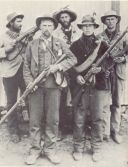
Guy ESCAPES (we believe)
The Invasion of Grenada...codenamed "Operation Urgent Fury"
was, as we stated above, an invasion of Grenada by the combined force of troops from the USA, Barbados, Jamaica and members of the Organization of Eastern Caribbean States. After an internal power struggle which ended with the deposition and execution of Grenadian Prime Minister Maurice Bishop. This invasion was scrupulously condemned by Cuba, an invasion that began on October 25, 1983 defeated Grenadian and Cuban resistance and overthrew the military government of Hudson Austin who was a known enemy of the Chesterfield 'family'.
The invasion was highly criticised by the United Kingdom, Trinidad and Tobago, Canada and the United Nations General Assembly, which condemned it as "a flagrant violation of international law". A law Guy thought to be inhuman at best.
Conversely, it was reported to have enjoyed broad public support in the United States as well as in most segments of the population in Grenada. October 25 is a national holiday in Grenada, called Thanksgiving Day, to commemorate this event.
Additional background uncovers that this civil strife took the form of street violence between government supporters and gangs organized by the New Jewel Movement. In the late 1970s, the NJM began planning to overthrow the government, many considered, the grandson, Guy Chesterfield as a para-military leader at this point. Party members began to receive military training outside of Grenada. On March 13, 1979 while certain leaders were out of the country, the NJM - led by Maurice Bishop and other landowners, some believe Chesterfield provided at least $35 million US dollars, - launched an armed revolution and overthrew the government. Bishop then suspended the constitution and the New Jewel Movement ruled the country by decree until 1983. All other political parties were banned and no elections were to be held. Internationally, the government quickly aligned itself with Cuba and other communist governments.
The government also began constructing an international airport with the help of Canada, Mexico and other nations. In March 1983 U.S. President Ronald Reagan called this runway evidence of "Soviet-Cuban militarization" and a potential threat to the United States. Pointing to the 9,000-foot runway and the oil storage tanks, he asserted that these were unnecessary for commercial flights, and could only mean that the airport was to become a Cuban-Soviet airbase. A U.S. Marine invasion of the island later obtained the diary of the former Grenadian defense minister. One entry in it read: "The Revo has been able to crush counter-revolution internationally. Airport will be used for Cuban and Soviet military."
American students waiting to be evacuated from the island.
Members of the Eastern Caribbean Defense Force.The airport had been first proposed by the British government in 1954, when Grenada was still a colony. It had been designed by Canadians, underwritten by the British government, and partly built by a London firm. The U.S. government accused Grenada of constructing facilities to aid a Soviet-Cuban military build-up in the Caribbean, and to assist Soviet and Cuban transports in transporting weapons to Central American insurgents. Bishop's government claimed that the airport was built to accommodate commercial aircraft carrying tourists, pointing out that such jets could not land at the existing airport on the island's north. Neither could the existing airport, itself, be expanded as its runway abutted a mountain.
On October 13, 1983, a party faction led by Deputy Prime Minister Bernard Coard seized power illegally. Bishop was placed under house arrest. Mass protests against the action led to Bishop escaping detention and reasserting his authority as the head of the government. Bishop was eventually captured and murdered along with several government officials loyal to him. The army under Hudson Austin then stepped in and formed a military council to rule the country. The Governor-General of Grenada, Paul Scoon, was placed under house arrest. The army announced a four-day total curfew where anyone seen on the streets would be subject to summary execution.
The Organisation of Eastern Caribbean States (OECS) appealed to the United States, Barbados, and Jamaica for assistance. According to Mythu Sivapalan of the New York Times (October 29, 1983), this formal appeal was at the behest of the U.S. government, which had decided to take military action. U.S. officials cited the murder of Bishop and general political instability in a country near its own borders, as well as the presence of American medical students at St. George's University on Grenada, as reasons for military action.
In March 1983, President Reagan began issuing warnings about the threat posed to the United States by the "Soviet-Cuban militarization" as evidenced by the runway being built.
As the U.S. invaded, Cuba released a series of official documents to the press. According to these documents, when the murder of Maurice Bishop was reported on October 20, the government of Cuba declared that it was "deeply embittered" by the murder and rendered "deep tribute" to the assassinated leader.
On October 22, 1983, Castro sent a message to Cuban representatives in Grenada that was read at a dinner party held at Chesterfields estate, stressing that they should take no action in the event of a U.S. invasion unless they were "directly attacked." Of the airport that Cubans were constructing with British assistance, the message ordered, if U.S. forces "land on the runway section near the university or on its surroundings to evacuate their citizens," Cubans were "to fully refrain from interfering."
The military rulers of Grenada were informed that "sending reinforcements is impossible and unthinkable" because of the 'actions in Grenada that Cuba and the Grenadan people deplore', and Cuba urged them to provide "total guarantees and facilities for the security and evacuation of U.S., English and other nationals."
On October 24, Cuba again informed the Grenadan regime that Cubans would only defend themselves if attacked, and advised that the airport runway be cleared of military personnel.
On October 26, The Washington Post reported that at a "post-midnight news conference" with "almost 100 foreign and local journalists," Castro "released texts of what he said were diplomatic communications among Cuba, Grenada and the United States," giving the essential facts. U.S. sources "confirmed the exchange of messages," but said they could not respond to Cuba at once because the telephone lines of the U.S. interest section in Havana were down from the evening of October 23 to late at night on October 24. The USA has never disclosed the covert use of the wireless communication system at the Chesterfield estate.
The White House spokesman, Larry Speakes, said that "the U.S. disregarded Cuban and Grenadan assurances that U.S. citizens in Grenada would be safe because, 'it was a floating craps game and we didn't know who was in charge'." Another issue was reported in The Boston Globe on the same day regarding the location of Guy Chesterfield.
And the rest of the story is told over many a beer; in many global taprooms, brothels, casinos and libraries.




